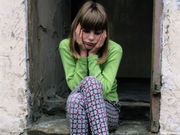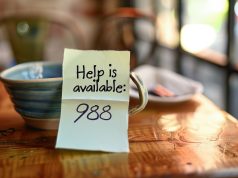Risks of self-harm significantly higher for American Indians, Alaskan natives versus non-Hispanic whites
MONDAY, March 19, 2018 (HealthDay News) — Adolescents and young adults have increased risk of suicide after nonfatal self-harm, according to a study published online March 19 in Pediatrics.
Mark Olfson, M.D., M.P.H., from Columbia University in New York City, and colleagues followed a national cohort of 32,395 patients aged 12 to 24 years for up to one year after self-harm. The authors determined repeat self-harm per 1,000 person-years and suicide-deaths per 100,000 person-years.
The researchers found that adolescents had a significantly higher 12-month suicide standardized mortality rate ratio after self-harm than young adults (46.0 versus 19.2). Compared with non-Hispanic white patients, the risks of suicide after self-harm were significantly higher for American Indians and Alaskan natives (hazard ratio, 4.69); the risks of suicide were also elevated for self-harm patients who initially used violent methods (hazard ratio, 18.04), especially firearms (hazard ratio, 35.73), compared with nonviolent self-harm methods (hazard ratio, 1.00, reference). Increased risks of repeat self-harm were seen for females versus males (hazard ratio, 1.25), patients with personality disorders (hazard ratio, 1.55), and for patients whose initial self-harm was treated in an inpatient setting (hazard ratio, 1.65) versus an emergency department (hazard ratio, 0.62) or outpatient setting (hazard ratio, 1.00; reference).
“After nonfatal self-harm, adolescents and young adults were at markedly elevated risk of suicide,” the authors write. “Among these high-risk patients, those who used violent self-harm methods, particularly firearms, were at especially high risk underscoring the importance of follow-up care to help ensure their safety.”
Copyright © 2018 HealthDay. All rights reserved.








